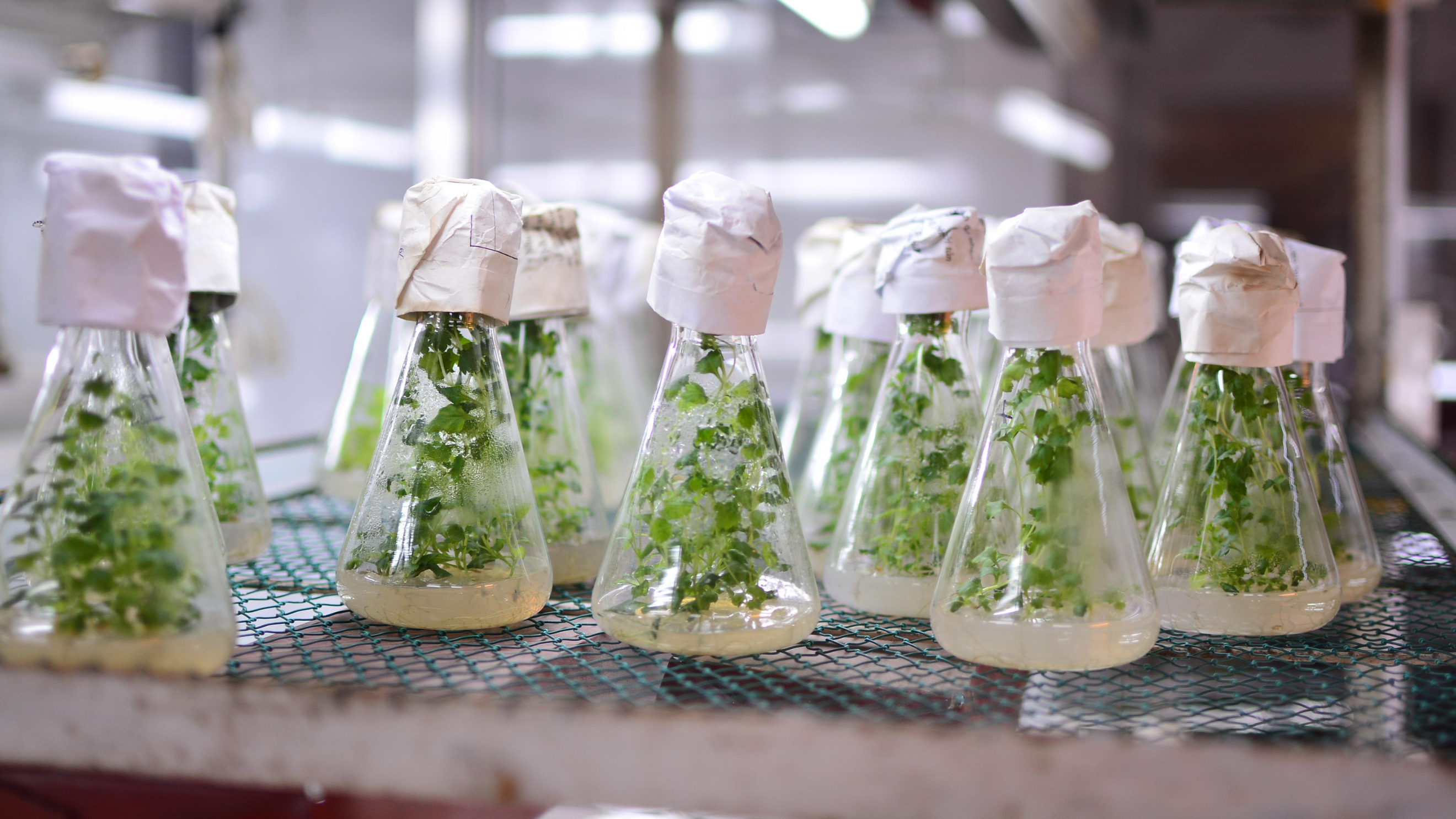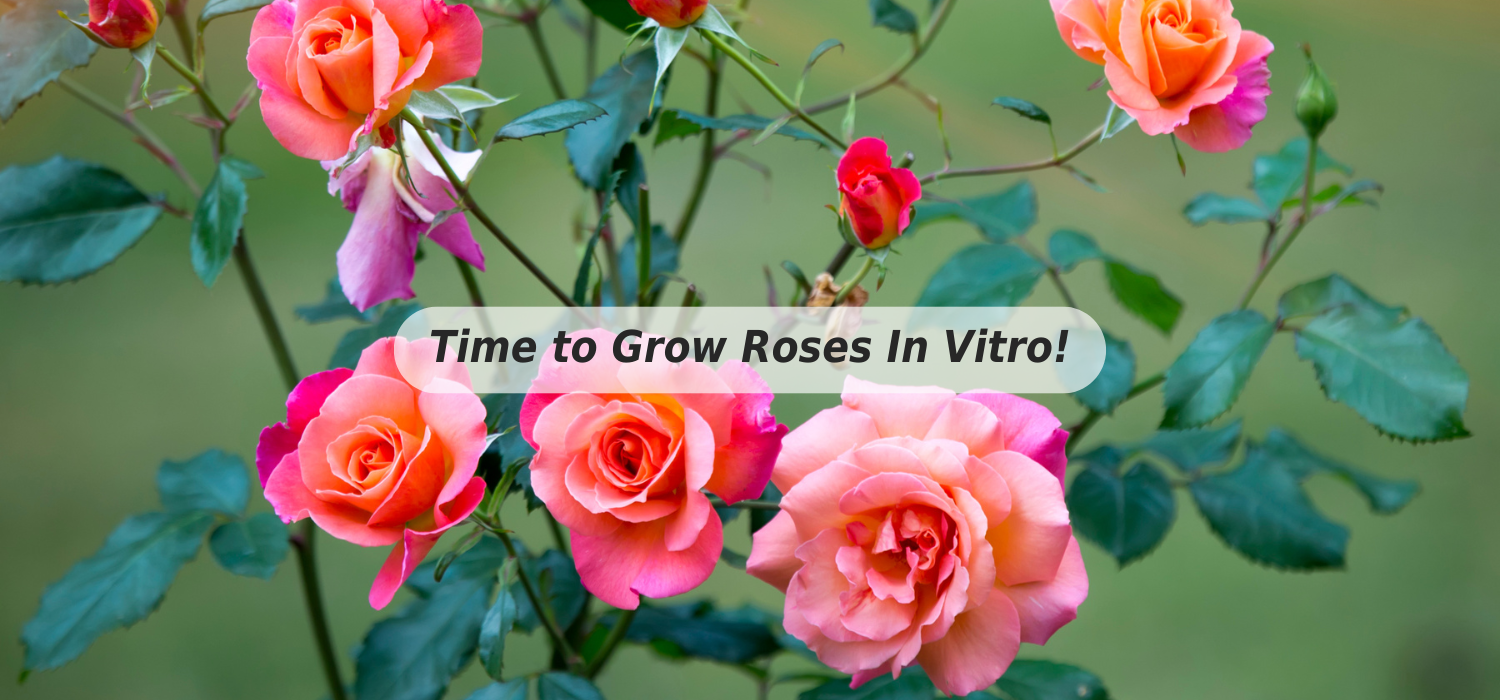
Somatic Embryogenesis
As a content and community manager, I leverage my expertise in plant biotechnology, passion for tissue culture, and writing skills to create compelling articles, simplifying intricate scientific concepts, and address your inquiries. As a dedicated science communicator, I strive to spark curiosity and foster a love for science in my audience.


The process of fertilization triggers the formation of an embryo and this mechanistic process is called embryogenesis.
However, do you know fertilization is not the only process of embryo development?
Yes, it’s true! You may have heard of the phenomenon of pathogenesis, which occurs in lower plants. Parthenogenesis is defined as the growth and development of an embryo without fertilization of the female gamete.
Furthermore, in nature, it is observed that tissues that are part of the embryo sac, or those that surround it, can also develop into an embryo. However, particular environmental conditions, which exist inside the embryo, will be required for the process. This idea led to the concept of somatic embryogenesis.
This article will pose a brief description of somatic embryogenesis, the process involved, its application, and existing examples. So, this is a layout of the whole story and process of somatic embryogenesis.
What is Somatic Embryogenesis?
It is defined as the development of an embryo, derived from somatic cells (cells of the embryo sac or the cells surrounding it, other than gametes) under an appropriate artificial environment (in-vitro). It’s a significant process of tissue culture, as it offers a rapid large-scale propagation system that is useful for many industries.
The somatic embryos develop and differentiate the same way as the zygotic embryo. They also pass through the proembryo, globular, torpedo (or scutellar stage in monocots), and cotyledonary stages of development.
The other terms used for the embryo developed by this process include adventitious embryo, accessory embryo, embryoids, embryo-like structures, etc.

| Figure: The developmental stages of the somatic embryo of carrot.
1-3: one, two, four celled stage 4-5: Globular stage 6: heart-shaped stage 7: Torpedo stage embryo 8-9: Well-formed plantlets Source: Bajaj, Y. P. S. (1995). DOI:10.1007/978-3-662-03091-2_8 |
The Two Types of Somatic Embryogenesis:
- Primary somatic embryogenesis: In this type, the embryogenesis can only be induced by using the explants.
- Secondary somatic embryogenesis: In this phenomenon, the development of the embryo is induced through existing somatic embryos.
The process of somatic embryogenesis involves four key steps which are, induction, maintenance, development, and regeneration. (These steps will be covered in detail in a later article.)
However, the two ways of inducing somatic embryogenesis include:
- Direct somatic embryogenesis: In this process, the embryo is developed without any intermediate callus stage. The embryo can be developed by directly inducing the explant for the genesis.
- Indirect somatic embryogenesis: In this process, the development of an embryo occurs with an intermediate callus stage. So, it is a multistep process.
Examples of Somatic Embryogenesis
The first study of somatic embryogenesis was reported in 1958 in the carrot (Daucus carota). Since then, the species became a model organism for the study. However, now more than 300 studies are available for somatic embryogenesis in various plants.
Some other plants that are studied using the method are given below:
- In Ranunculus sceleratus, floral tissues are used for embryogenesis. The medium used to induce the process is 10% coconut milk with or without IAA and it takes 3 weeks for the embryo development.
- In loblolly pine (Pinus taeda), the cotyledonary tissue is induced for the development of the embryo. The media, in this case, is used with 2.6 mg/L abscisic acid, and cold storage is used to improve competence.
- To induce somatic embryogenesis in Japanese larch (Larix kaempferi), the immature zygotic embryos are culture, the callus is collected for the formation of the somatic embryo. The collected calli are cultured on half-strength Quoirin and Lepoivre media containing 90 mM sucrose and 7.6 μM ABA for one month. This is done for a higher yield.
- The somatic embryogenesis is induced in the explants of leaf and shoot apex of Eucalyptus globulus using media containing 40 μM Picloram.
- The formation of the somatic embryo, in the East Indian sandalwood tree (S. album L.), is induced by using nodal explant on the culture media, with 2.5 mg/L 2,4-D and 3 mg/L kinetin.
Several studies like this are present, which demonstrate the success of somatic embryogenesis in tissue culture labs. However, as you can observe from the examples, specific chemicals and conditions are required to induce embryo development in specific plants.
Application of somatic embryogenesis
The process of somatic embryogenesis serves several purposes and involves multiple applications that are covered in this section.
- It is a preferred in-vitro propagation method for woody plants. Here, it plays a critical role in clonal propagation, synthetic seed production, germplasm conservation, and cryopreservation.
- It is used for rapid large-scale propagation of plants for the production of secondary compounds and drugs.
- It is an ideal system for the basic studies of plant cell biology and embryo development.
- It also provides a better system for the understanding of the differentiation and mechanism of totipotency expression in plant cells.
References
- Bajaj, Y. P. S. (1995). Somatic Embryogenesis and Its Applications for Crop Improvement. Somatic Embryogenesis and Synthetic Seed I, 105–125. DOI:10.1007/978-3-662-03091-2_8.
- Bhojwani S. S. and Razdan M. K. (1983). Plant Tissue Culture: Theory and Practice. Elsevier publications.
- Guan, Y., Li, S. G., Fan, X. F., & Su, Z. H. (2016). Application of Somatic Embryogenesis in Woody Plants. Frontiers in plant science, 7, 938. https://doi.org/10.3389/fpls.2016.00938
- Hussein, S., Ibrahim, R., Ling Pick Kiong, A. (2006). Somatic Embryogenesis: An Alternative Method for in vitro Micropropagation. Iranian Journal of Biotechnology, 4(3), 156-161.
- Zimmerman Lynn J. (1993). Somatic Embryogenesis: A Model for Early Development in Higher Plants. The Plant Cell, 5, 1411-1423.
Blog Categories
View by Level
Popular Blogs

The Future of Plant Cloning: What’s Next in Tissue Culture Innovation?
Introduction Plant cloning is the process of producing genetically identical copies of a parent plant. This results in offspring that...
Read More
Rose Micropropagation: A Comprehensive Overview
Introduction Valentine’s Day just passed—did you gift a rose to your loved ones? Roses have long been cherished for their...
Read MoreSubscribe to Our Newsletter








Join the conversation
Your email address will not be published. Required fields are marked